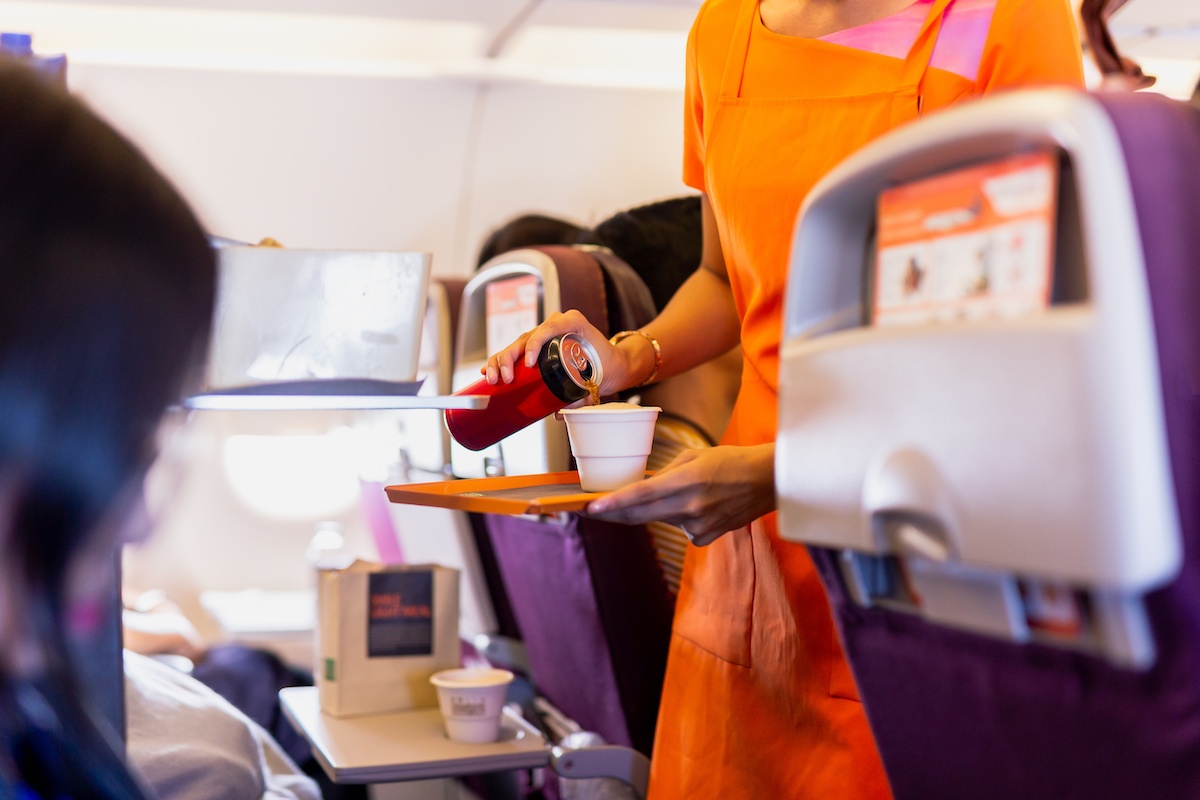
Aviation
True Innovation Comes Outside The Cabin
One of the biggest emerging trends I have seen in the airline sector over the last couple of years is the concept of passenger self-serve onboard or order to seat. Despite the almost constant discussion at every industry event, the funny thing is, this isn’t really new at all – almost 10 years ago, a former CEO of an onboard retail technology provider proclaimed:
“Over time the duty free model will shift to 100% passenger self-service transactions. One of the biggest reasons being the fact that the trolley only comes down the aisle once a journey, for half an hour – in essence the duty free store is only open for half an hour. If I can make transactions myself, through self-service technology, the store is open for the entire flight.”
And yet, a decade later, this isn’t even close to the reality on-board most aircraft.
During the pandemic, with the need for social distancing, coupled with a desire for innovation, self-service again bubbled to the fore – it gained a new level of relevance. With passengers across all demographics accustomed to ordering everything from groceries to new cars via their phones, digital transactions onboard an aircraft look to be a natural extension of what has become an everyday digital experience. The aviation sector is obsessed (but occasionally intimidated) by digital answers, and there is much that can already be done. Making a digital store available for browsing and even purchasing is achievable, both on IFE and passengers own devices. The process raises a number of operational implications, such as how crew learn of and deliver orders, how payments are handled (particularly if there is no air-to-ground connection) and how this sits alongside the existing cabin service. All of these issues require significant thought and, in some cases investment; and there lies the heart of the problem.